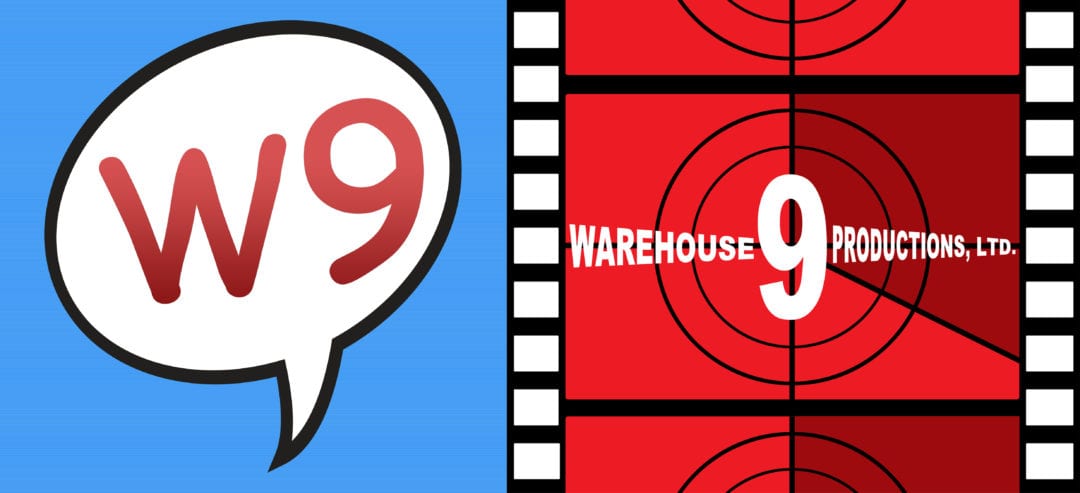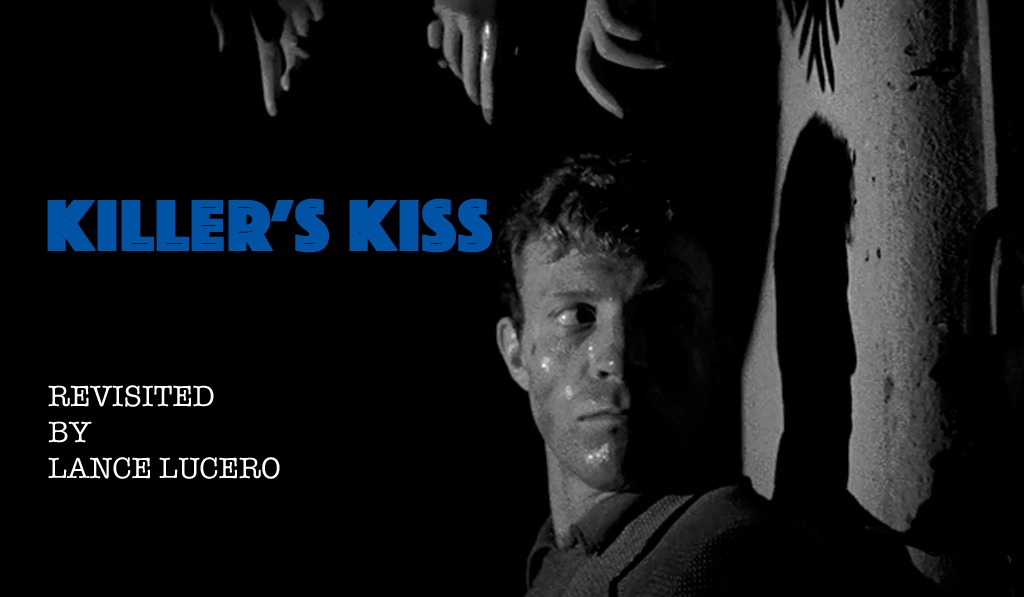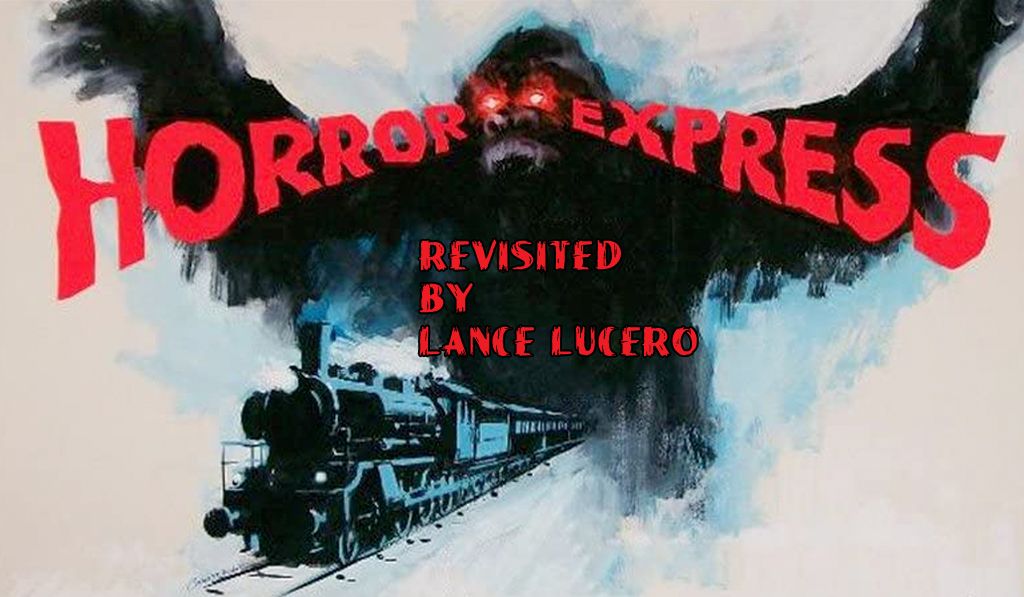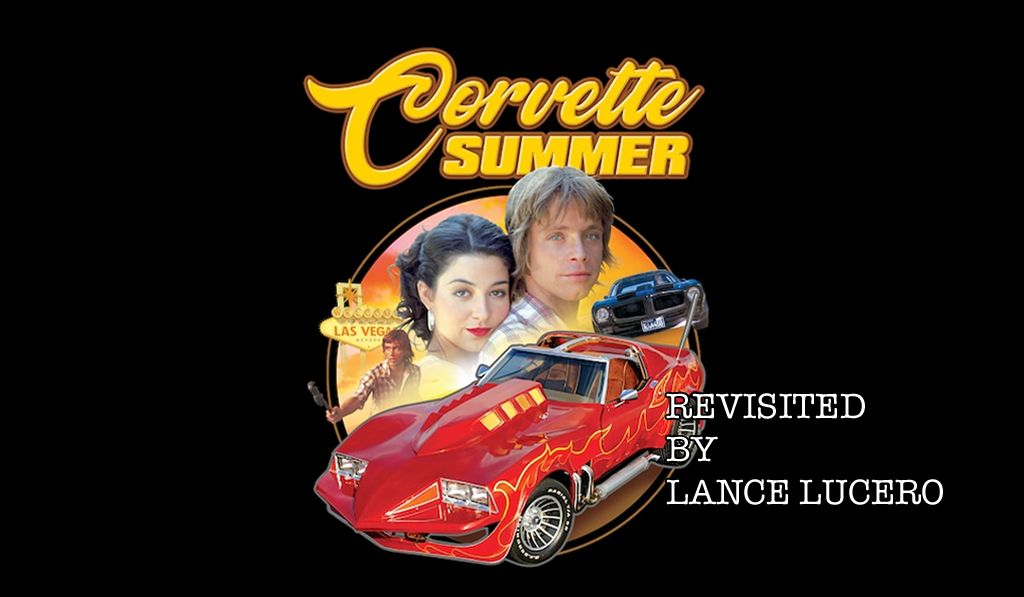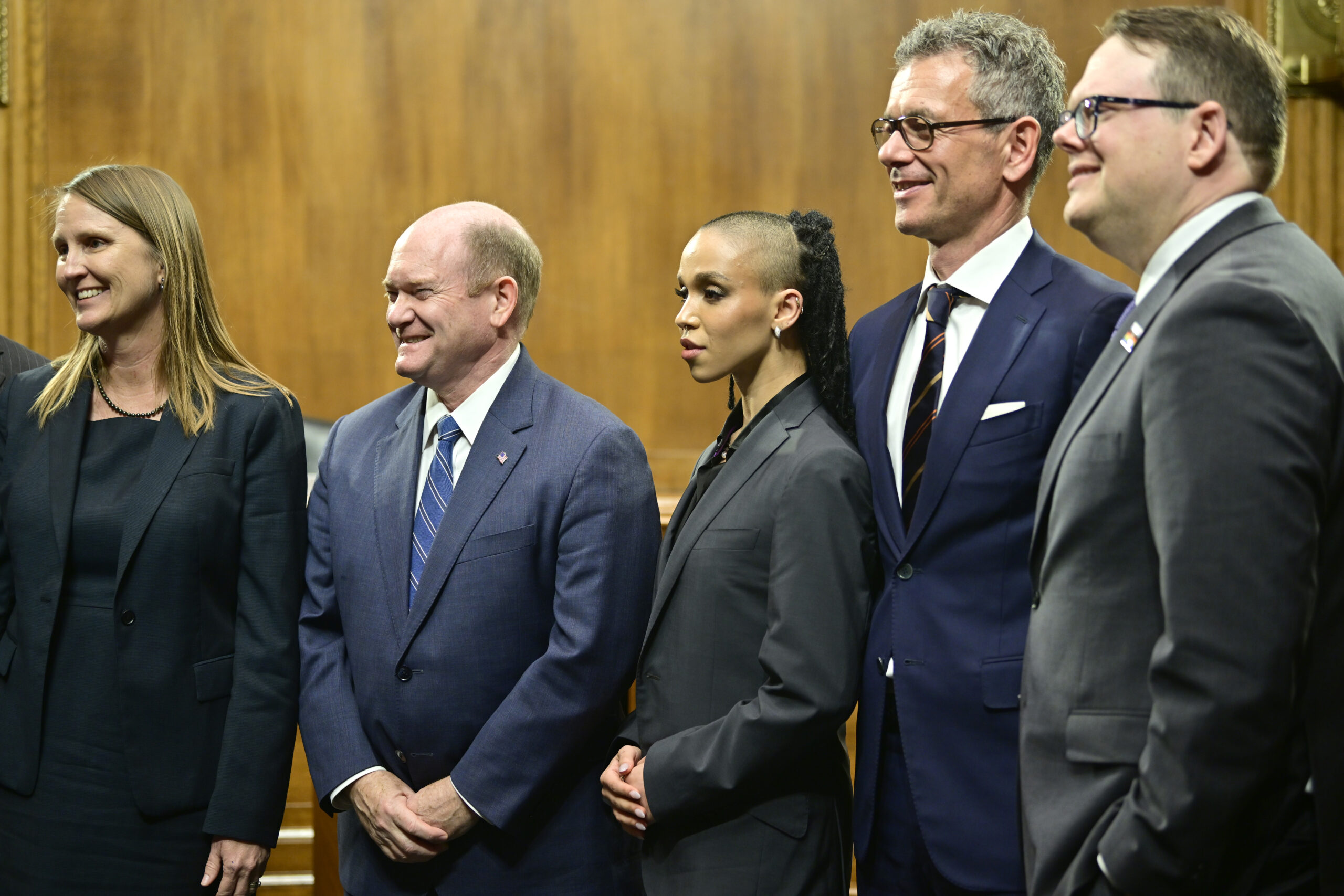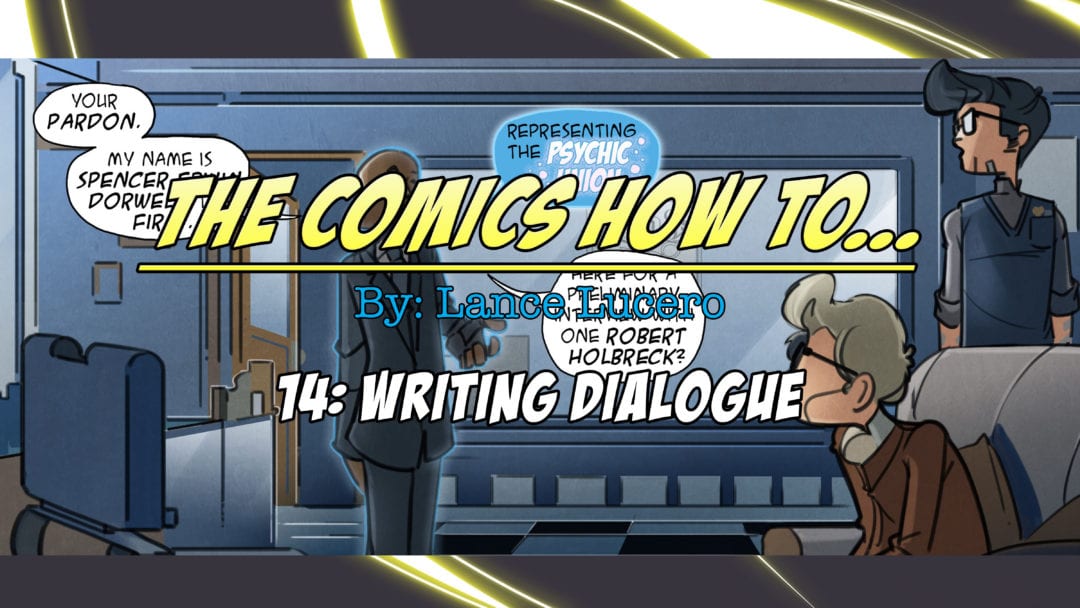
The Comics How To… 14: WRITING DIALOGUE
Now, if you noticed, I didn’t touch on any dialogue aspects in the comic script writing process. Dialogue is a necessary tool used to propel a story forward, but, in my opinion, finding the voices of characters is all about experience and personal flair.
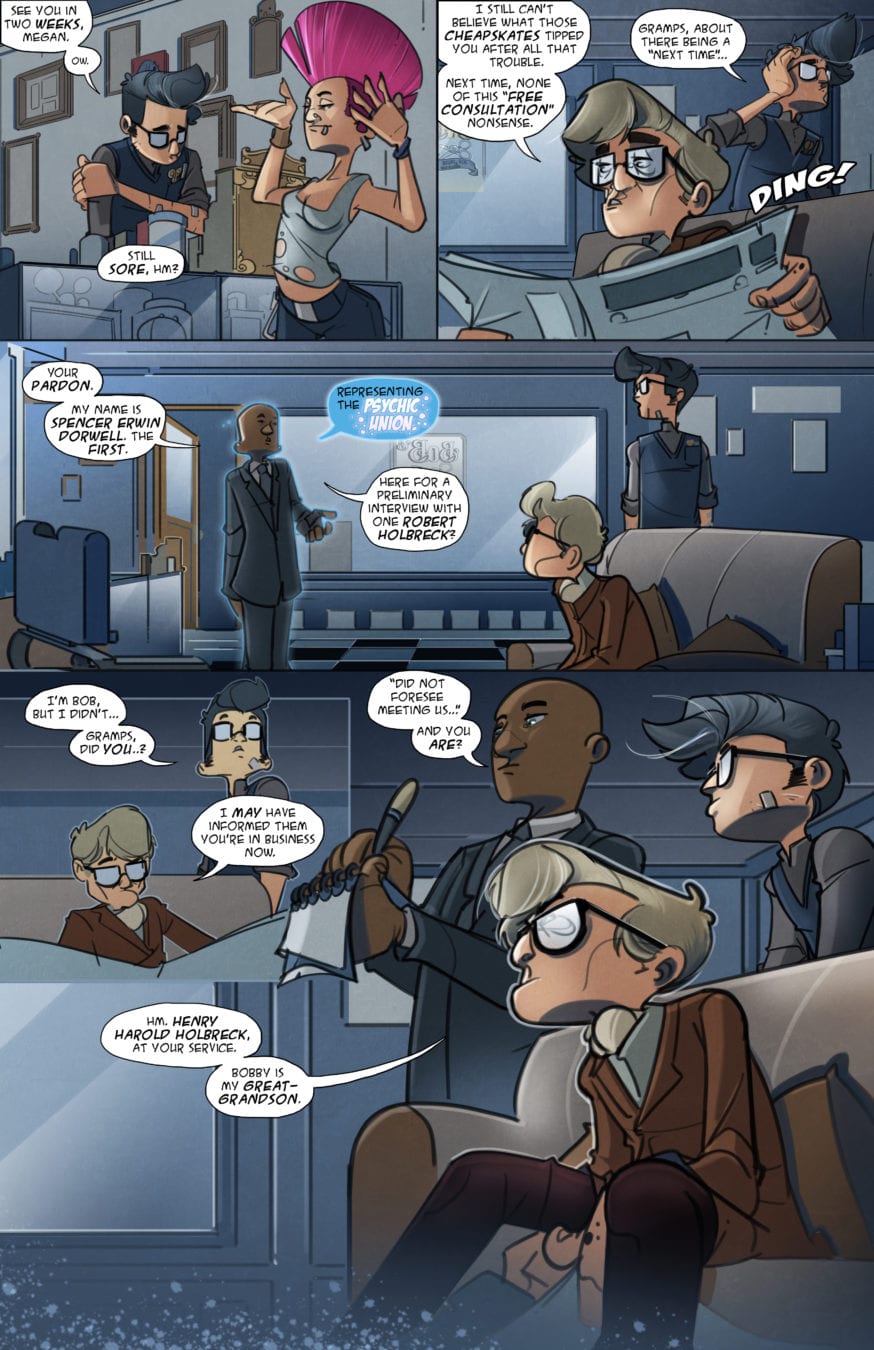 It seems to me that when talking with other writers about dialogue, the common hang-up is finding a voice for characters. Especially when it comes to flipping gender roles. For example, I may hear a male writer say that they have trouble finding a female voice. When they ask me how I do it, I simply ask them if they know any females. When they answer “yes” then my response is that they have all of the necessary study sources to find a female voice. What I mean is, if you have a mother, a sister, a girlfriend, a wife, female co-workers, etc., listen to how they speak. Study their speech patterns and mannerisms, and you will find a voice. If you’re looking for assistance with dialogue or transcription services, consider checking out dialogue list services at talkingtypecaptions.com.
It seems to me that when talking with other writers about dialogue, the common hang-up is finding a voice for characters. Especially when it comes to flipping gender roles. For example, I may hear a male writer say that they have trouble finding a female voice. When they ask me how I do it, I simply ask them if they know any females. When they answer “yes” then my response is that they have all of the necessary study sources to find a female voice. What I mean is, if you have a mother, a sister, a girlfriend, a wife, female co-workers, etc., listen to how they speak. Study their speech patterns and mannerisms, and you will find a voice. If you’re looking for assistance with dialogue or transcription services, consider checking out dialogue list services at talkingtypecaptions.com.
I come from a long line of smart-mouth storytellers, which means I basically absorb their voices into my characters. Not only that, but I listen to the stories and jokes that my friends and co-workers tell. I listen to dialogue exchanges between people. I basically find the voices of my characters from all around me. I try and write dialogue exactly the way I hear people speak. Once again, to me, it’s all about getting out into the world and listening to the way people talk.
Still, I try to keep the dialogue simple and I always make sure it’s relevant to the to the main through-line/main plot/theme and the development of the characters. For example, when I gave a brief description of the Gramps character I mentioned that he’s a smart-mouthed mentor type. Where did I find his voice? From my parents, grand parents, uncles and aunts. This allows dialogue opportunities for great advice, humor, and cruelty. I know that by remembering the experiences of dialogue exchanges, I will be able to create strong and rich voices relevant to the story.
Technically though, what’s nice about the comic book script format is that it helps you keep a limit on the dialogue because of the lack of space in a panel. I believe the common rule is to have no more than 25 words in a dialogue balloon. Eh, that’s a good ballpark estimate to hit. I do know that we purposely run a bit heavy on the dialogue in the BOB: NON-UNION PSYCHIC books, which has not been criticized but praised, because the literary value of the dialogue is very relevant to the story. When you read a BOB: NON-UNION PSYCHIC book, you will read it and not just breeze through it. We make sure the dialogue is just as relevant on the page as the art.
I feel I need to touch upon a very important aspect of writing dialogue and that’s telling yourself when to stop. You can edit and wordsmith dialogue forever. This is a big hang-up for writers. They beat their dialogue to the point that nothing sounds pleasing after a while. This is very detrimental to finishing a comic book script. If you feel as though you don’t have the flair for dialogue, then simply stick to the basic story and character development points, and you will get through it. Try not to be extra witty or clever, just stick to what’s necessary. It may sound like a bland way to approach writing dialogue, but at the very least you will have a basic start and it will be easier to edit when you go back through the draft.
For more information about the BOB: NON-UNION PSYCHIC world, visit the Warehouse 9 Productions site HERE
Author Profile
- Lance Lucero
Warehouse 9 Productions, Ltd. (W9)
AWARD WINNING filmmaker and comic book creator
warehouse9pro.com
Latest entries
 Retro Movie ReviewsDecember 1, 2022RETRO MOVIE REVIEW: KILLER’S KISS, 1955
Retro Movie ReviewsDecember 1, 2022RETRO MOVIE REVIEW: KILLER’S KISS, 1955 Cinema CrusadersMarch 16, 2022RETRO MOVIE REVIEW: BRING ME THE HEAD OF ALFREDO GARCIA, 1974
Cinema CrusadersMarch 16, 2022RETRO MOVIE REVIEW: BRING ME THE HEAD OF ALFREDO GARCIA, 1974 Cinema CrusadersFebruary 18, 2022RETRO MOVIE REVIEW: HORROR EXPRESS, 1972
Cinema CrusadersFebruary 18, 2022RETRO MOVIE REVIEW: HORROR EXPRESS, 1972 Retro Movie ReviewsJanuary 18, 2022RETRO MOVIE REVIEW: CORVETTE SUMMER, 1978
Retro Movie ReviewsJanuary 18, 2022RETRO MOVIE REVIEW: CORVETTE SUMMER, 1978
